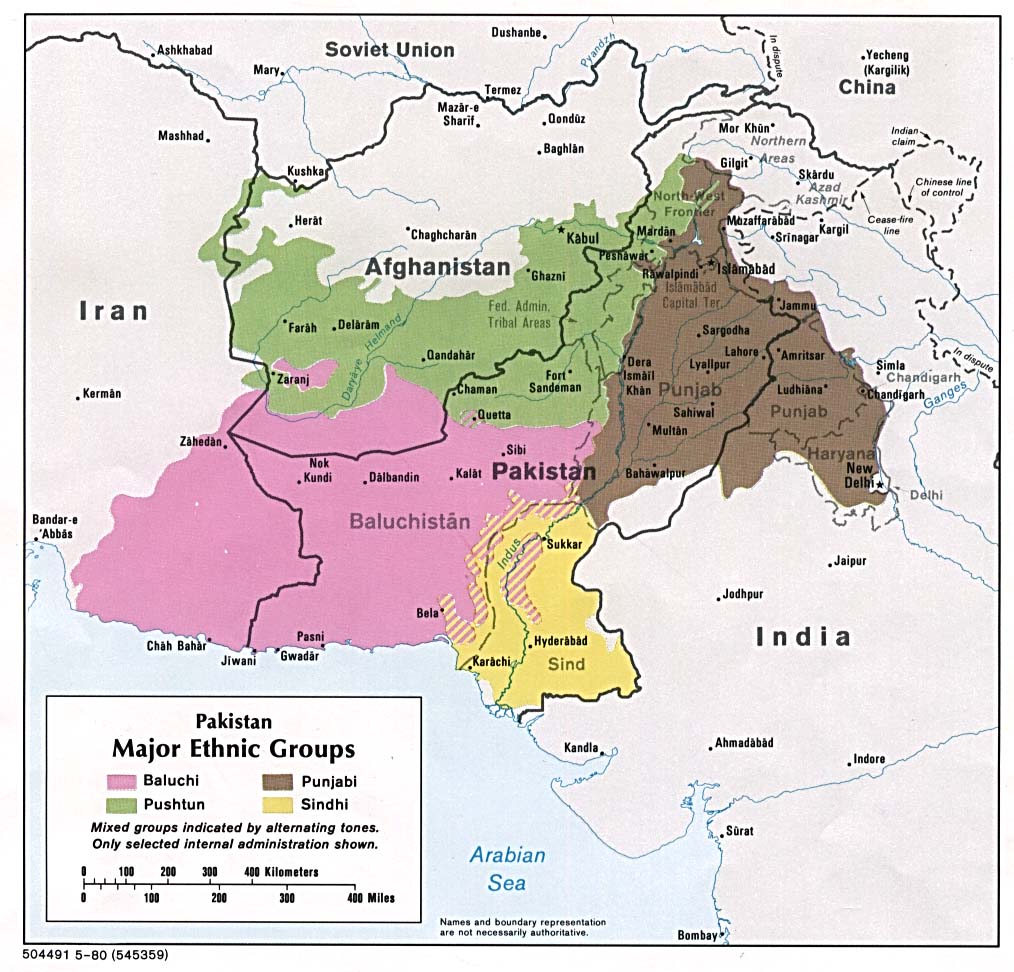 In the long run, the U.S. playbook on Pakistan should grow to resemble that of India’s. The way to neuter an enemy is to carve them up into multiple states — such was Germany’s treatment by the allies after World War II, as well as the Soviet Union’s fate after its fall. India has already cut Pakistan in half, dividing it between modern Pakistan and Bangladesh. It seeks to do so again, exploiting the ethnic fault lines in Pakistani society to carve it up even further. With its parting shots in Afghanistan, the U.S. should use its military might to aid in this strategy. In its least extreme form, this strategy might merely ensure that Baloch-dominated provinces within Afghanistan retain a high degree of autonomy from the Afghan federal government. In its most extreme form, the U.S. could funnel arms to Baloch nationalists in southern Pakistan or take direct action in support of a free Balochistan. Where the U.S. should fall on this spectrum of policy choices is open to debate — what must be avoided is the naive optimism that Pakistan will have a Damascene moment and suddenly become the ally that the U.S. requires. Now is the time to restructure Afghanistan in the way that makes Pakistan weakest, not to dither in a nonexistent middle ground.
In the long run, the U.S. playbook on Pakistan should grow to resemble that of India’s. The way to neuter an enemy is to carve them up into multiple states — such was Germany’s treatment by the allies after World War II, as well as the Soviet Union’s fate after its fall. India has already cut Pakistan in half, dividing it between modern Pakistan and Bangladesh. It seeks to do so again, exploiting the ethnic fault lines in Pakistani society to carve it up even further. With its parting shots in Afghanistan, the U.S. should use its military might to aid in this strategy. In its least extreme form, this strategy might merely ensure that Baloch-dominated provinces within Afghanistan retain a high degree of autonomy from the Afghan federal government. In its most extreme form, the U.S. could funnel arms to Baloch nationalists in southern Pakistan or take direct action in support of a free Balochistan. Where the U.S. should fall on this spectrum of policy choices is open to debate — what must be avoided is the naive optimism that Pakistan will have a Damascene moment and suddenly become the ally that the U.S. requires. Now is the time to restructure Afghanistan in the way that makes Pakistan weakest, not to dither in a nonexistent middle ground.History will look upon Pakistan’s embrace of jihadists as one of the greatest geopolitical missteps of the 21st century. To prevent itself from appearing with Pakistan in history’s list of blunderers, the U.S. must make its break with Pakistan a decisive one and resist the urge to force nuance into a situation that deserves none. http://tech.mit.edu/V131/N41/pakistan.html

No comments:
Post a Comment